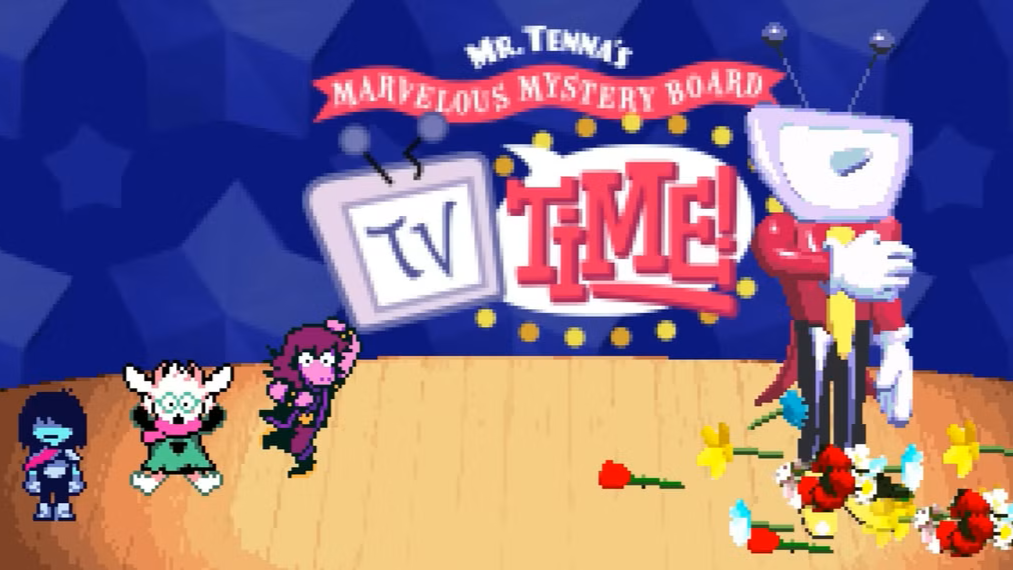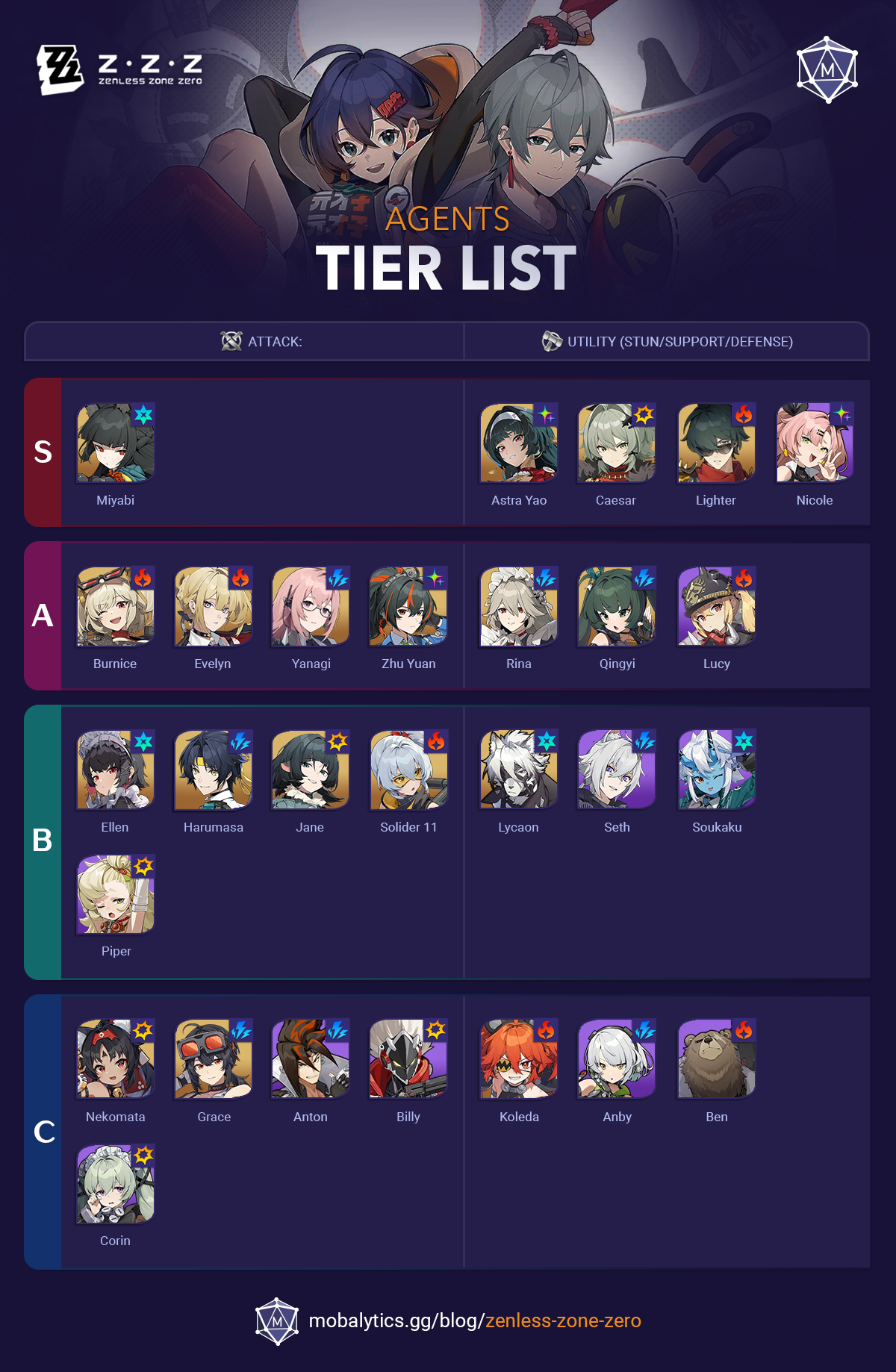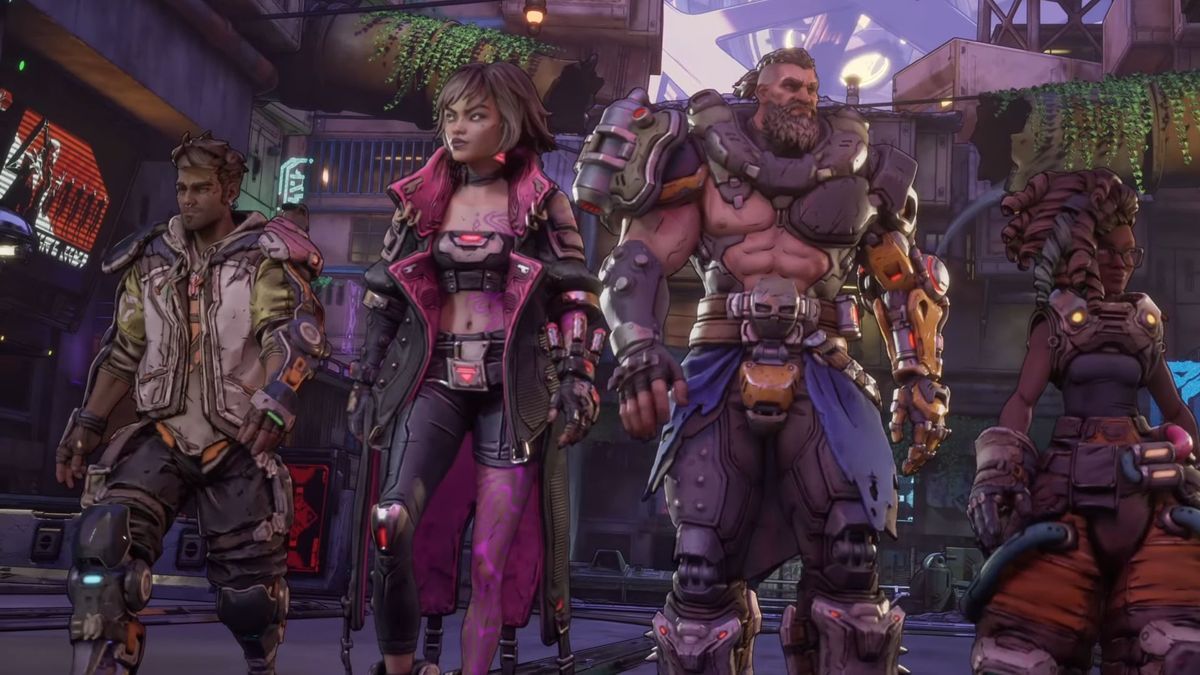When Toby Fox introduced the world to the unique universe of Deltarune, few could have anticipated the intricate character development and complex storytelling that would captivate gamers. Among the game’s cast, Deltarune’s Tenna was first envisioned in 3D almost a decade ago, marking a significant milestone in indie game development.
This journey from concept to a fully-realized character in the rich landscape of Deltarune demonstrates the power of creativity and collaboration in the indie gaming sphere. Tenna’s design evolution and role within Deltarune’s narrative offer a glimpse into the dedicated process behind one of the most beloved RPG titles in recent years.
How Was Deltarune’s Tenna Originally Conceived?
Envisioning a character like Tenna begins with a spark of imagination. Toby Fox’s creative journey took a groundbreaking turn when he started toying with the idea of bringing 3D elements into the traditionally 2D world of Deltarune. The original concept for Tenna was not merely for her to exist within the game but to dance – a vision that would require an innovative approach to character development.
Using a Kinect and MMD dances, Fox embarked on the ambitious project of creating 3D animations. Tenna’s early prototypes were promising but presented significant technical challenges. Adapting a 3D model to work seamlessly in a 2D environment was no small feat, and it necessitated a blend of creativity and technical skill to bring Tenna to life.
The evolution of Tenna from a mere idea to a fully-fledged character is a testament to the commitment to artistry and game design. It’s the journey of taking a character from the drawing board, through the trials of design and animation, to a memorable part of a gamer’s experience.
What Technical Challenges Did Toby Fox Face in Creating Tenna?
Technical hurdles are a common thread in the tapestry of indie game development. Toby Fox, known for his hands-on approach to game creation, had to navigate a labyrinth of challenges as he delved into the 3D realm. The transition from 2D to 3D is rife with obstacles, from ensuring the character’s visual consistency to integrating them into a game environment without breaking immersion.
One of the standout challenges was the animation process itself. Fox wanted Tenna not just to be present in the game but to move in a way that felt natural and engaging. Achieving this required not only technical expertise but also a deep understanding of how movement translates from real life to the digital canvas.
Despite the initial setbacks with the Kinect and MMD dances, Fox’s persistence paid off. The obstacles encountered along the way paved the path for innovative solutions that would eventually bring Tenna to life in a way that felt true to the character and the game.
As is often the case in the indie game scene, limitations can spur creativity. The challenges faced by Fox in creating Tenna underlined the importance of adaptability and the willingness to explore new territories in game design.
Which Artists Contributed to Tenna’s Final Design and Animation?
Turning a character concept into a reality is rarely a solo endeavor. In the case of Tenna, collaborative efforts shaped Deltarune’s development, with several artists stepping into the fray to refine her design. Each brought a unique perspective and skill set, aiding in the transformation from concept to a full-bodied character.
- Gigi D.G., known for her vibrant art style, played a pivotal role in conceptualizing Tenna’s appearance.
- Clairevoire’s contributions ensured that Tenna’s animations were fluid and expressive, capturing the essence of her personality.
- Other unnamed artists lent their talents to aspects like texture, color, and environmental integration.
The fusion of these artistic minds resulted in a character that was not only visually appealing but also resonated with players. It’s a reminder of how the indie gaming industry thrives on the collective input of its creative communities.
 Why the real star of Half-Life: Alyx is a grumpy monster named Jeff
Why the real star of Half-Life: Alyx is a grumpy monster named JeffHow Did Collaborative Efforts Shape Deltarune’s Development?
The development of Deltarune is a shining example of indie game collaboration in action. Toby Fox’s vision for the game was expansive and ambitious, but he recognized the value of bringing other creators into the process. This decision to collaborate widened the scope of talent and ideas, resulting in a richer gaming experience.
Collaborative efforts in Deltarune’s development went beyond character design, extending to soundtrack composition, story development, and even programming. By embracing the strengths of his peers, Fox was able to craft a game that exceeded the limitations of individual capabilities.
This culture of collaboration is not just about pooling resources but also about fostering a community where creativity is nourished. The shared passion for bringing a unique vision to life is what makes indie games like Deltarune stand out in a crowded market.
What Makes Deltarune a Must-Play RPG?
It’s not just the characters but the entire experience that makes Deltarune a must-play RPG. At the heart of the game’s allure is its intricate world-building, characterized by a compelling narrative and a cast of characters that players can’t help but become attached to.
Additionally, the game’s accessible yet deep turn-based combat system offers a refreshing take on the genre. It respects classic RPG mechanics while introducing innovative elements that keep gameplay fresh and engaging.
The whimsical charm and emotional depth of Deltarune are further amplified by its original soundtrack, which perfectly encapsulates the game’s mood and story beats. Each track contributes to the immersive experience, making every moment in the game impactful.
As an indie title, Deltarune also stands as a testament to the creative freedom and storytelling potential within the gaming medium. It eschews the constraints often found in larger studio productions, offering a distinct voice and vision that resonates with players seeking something different.
How Has Deltarune’s Reception Changed Over Time?
The reception of Deltarune has evolved as the game itself has expanded. Initial curiosity and intrigue quickly gave way to widespread critical acclaim, with particular praise being directed at the game’s inventiveness and emotional storytelling.
As new chapters of the game were released, the community’s appreciation deepened. Fans were not only eager to see the continuation of the story but also to explore the expanded gameplay mechanics and character interactions.
The game’s rankings and player feedback reflect its ascending popularity. Each new installment serves to solidify Deltarune’s position as a beloved title within the RPG genre and cements Toby Fox’s reputation as a visionary game developer.
 Atlus promises it hasn’t forgotten how to make new Persona games, says it’s ‘actively preparing for’ something I’d bet on
Atlus promises it hasn’t forgotten how to make new Persona games, says it’s ‘actively preparing for’ something I’d bet onThe positive feedback loop between the game and its audience has also spurred ongoing discussions, fan theories, and community-driven content, showcasing the profound impact Deltarune has had on its players.
What Are the Key Features of Tenna in Deltarune?
Tenna is more than just a visual addition to Deltarune; she brings a host of unique features that contribute to the game’s richness. Her character design, reflecting a quirky and endearing personality, immediately sets her apart from other characters in the game.
Her animations, carefully crafted to express a wide range of emotions, add another layer of depth to her character. It’s this attention to detail that makes Tenna not just a character, but a memorable part of the Deltarune universe.
Gameplay-wise, Tenna offers unique interactions and dialogue that can alter the player’s experience. Her presence in the game is not merely for show; she influences the narrative and the choices players are presented with, adding a dynamic element to the story’s progression.
Lastly, Tenna’s backstory and relationship with other characters in Deltarune weave an intricate web of lore that has fans speculating and engaging with the game on a deeper level.
Related Questions on Deltarune’s Character Development
Is Tenna a 3D Model?
While Tenna was originally conceived as a 3D model, the technical challenges faced during early development led to a change in direction. However, the essence of her 3D roots is still evident in her detailed animations and the depth of her design in Deltarune.
Her transition from a 3D concept to a 2D character allowed for greater flexibility and integration within the game’s artistic style. This change underscores the adaptability required in game development, and how initial ideas can evolve to better fit the medium.
When Did Toby Fox Get the Idea for Deltarune?
The seeds for Deltarune were planted in Toby Fox’s mind long before the game’s announcement or release. The idea for this expansive RPG took form while Fox was developing his breakout hit, Undertale. It wasn’t until years later that he would begin to flesh out the world of Deltarune, with Tenna being one of the many characters born from this creative period.
Fox’s vision for Deltarune was to create a narrative and gaming experience that both complemented and distinguished itself from Undertale. This vision came to life through years of meticulous planning, writing, and designing.
Is Deltarune Chapter 3 Real?
Yes, Deltarune Chapter 3 is very much real and continues the story of the world Fox has meticulously crafted. The third chapter delves deeper into the game’s lore and character arcs, offering new challenges and adventures for players to experience.
With each chapter, Deltarune’s narrative unfolds, revealing more about the characters and the overarching plot that ties everything together. Chapter 3 is a testament to the ongoing commitment to the game’s development and the unfolding story within.
 Dispatch is the first Telltale-style game I’ve played that’s delivering on the promise of playing a TV show
Dispatch is the first Telltale-style game I’ve played that’s delivering on the promise of playing a TV showDid Toby Fox Quit Deltarune?
There is no indication that Toby Fox has any intention of quitting Deltarune. On the contrary, his dedication to the game’s development and the release of subsequent chapters show a continued commitment to the world and characters he has created.
As with any large-scale creative project, there are ebbs and flows in development, but Fox’s passion for storytelling and game design propels Deltarune forward, with fans eagerly anticipating what comes next.



